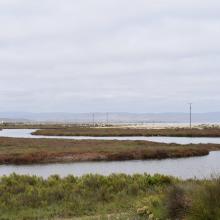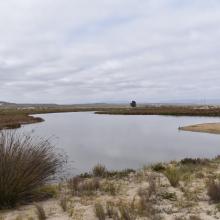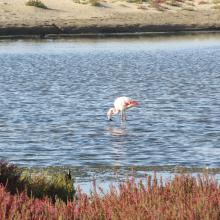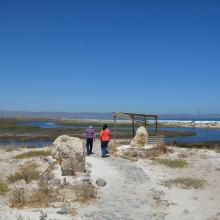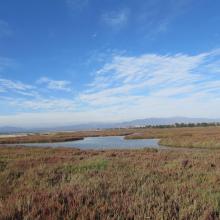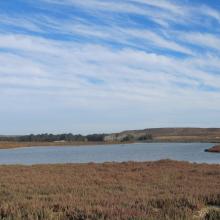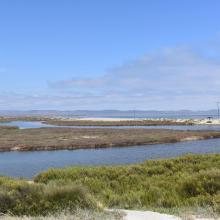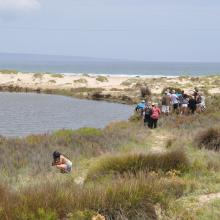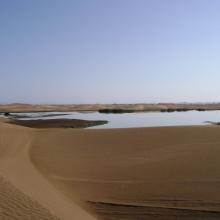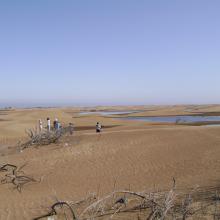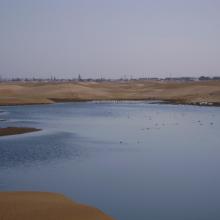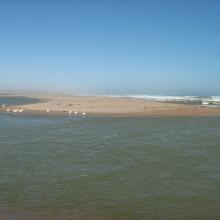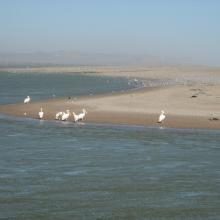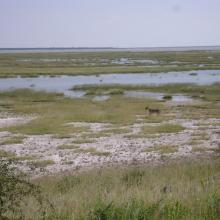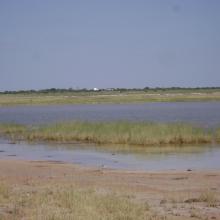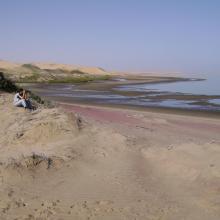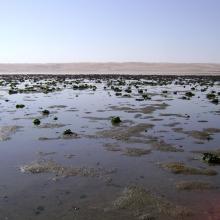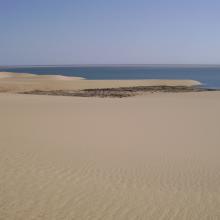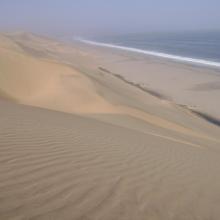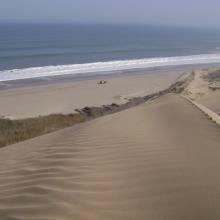Search results
Search found 9 Ramsar Sites covering 693,484 ha
- (-) Remove Region/country: Oceania filter Region/country: Oceania
- (-) Remove Picture available?: Yes filter Picture available?: Yes
- (-) Remove Region/country: Latin America and the Caribbean filter Region/country: Latin America and the Caribbean
- (-) Remove Region/country: Africa filter Region/country: Africa
- (-) Remove Region/country: Australia filter Region/country: Australia
- (-) Remove Region/country: Chile filter Region/country: Chile
- (-) Remove Region/country: Namibia filter Region/country: Namibia
- (-) Remove Management plan available: No filter Management plan available: No
Map
Materials presented on this website, particularly maps and territorial information, are as-is and as-available based on available data and do not imply the expression of any opinion whatsoever on the part of the Secretariat of the Ramsar Convention concerning the legal status of any country, territory, city or area, or of its authorities, or concerning the delimitation of its frontiers or boundaries.
List
-




Bahía Lomas
-
Country:Chile
-
Designation date:06-12-2004
-
Site number:1430
-
Published since:19 year(s)
58,946 ha -
-

Las Salinas de Huentelauquén (LSH)
-
Country:Chile
-
Designation date:02-02-2015
-
Site number:2237
-
Published since:8 year(s)
2,772 ha -
-
Humedales Costeros de la Bahía Tongoy
-
Country:Chile
-
Designation date:21-11-2018
-
Site number:2361
-
Published since:5 year(s)
259 ha -
-

Humedal del río Limarí, desde Salala hasta su desembocadura
-
Country:Chile
-
Designation date:21-07-2020
-
Site number:2424
-
Published since:3 year(s)
527 ha -
-

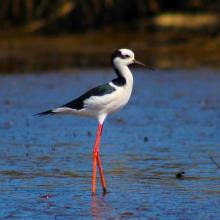
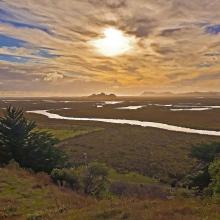
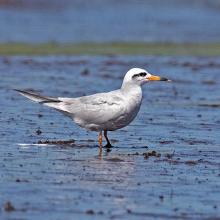
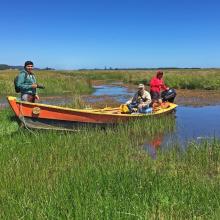
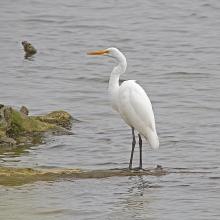


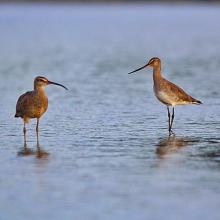


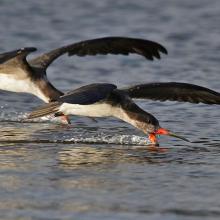


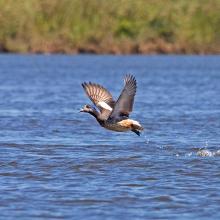
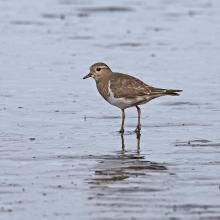
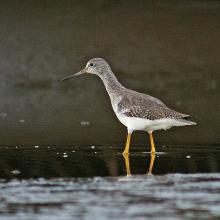
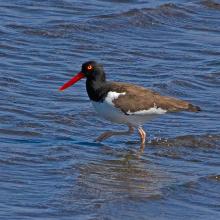
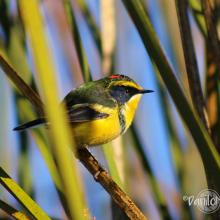
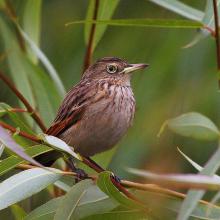
Humedales de Monkul
-
Country:Chile
-
Designation date:22-05-2020
-
Site number:2423
-
Published since:3 year(s)
1,380 ha -
-



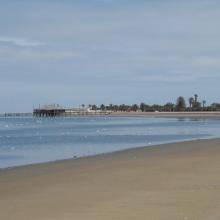
Walvis Bay
-
Country:Namibia
-
Designation date:23-08-1995
-
Site number:742
-
Published since:28 year(s)
12,600 ha -
-
Orange River Mouth
-
Country:Namibia
-
Designation date:23-08-1995
-
Site number:744
-
Published since:28 year(s)
500 ha -
-
Etosha Pan
-
Country:Namibia
-
Designation date:23-08-1995
-
Site number:745
-
Published since:28 year(s)
600,000 ha -
-
Sandwich Harbour
-
Country:Namibia
-
Designation date:23-08-1995
-
Site number:743
-
Published since:28 year(s)
16,500 ha -

